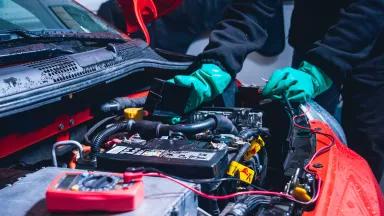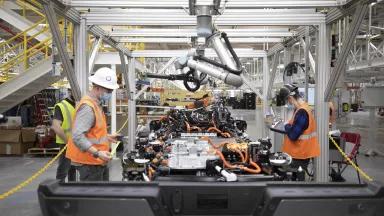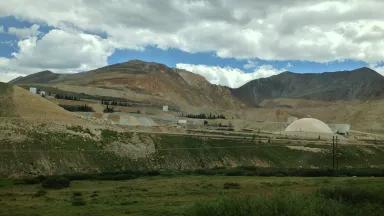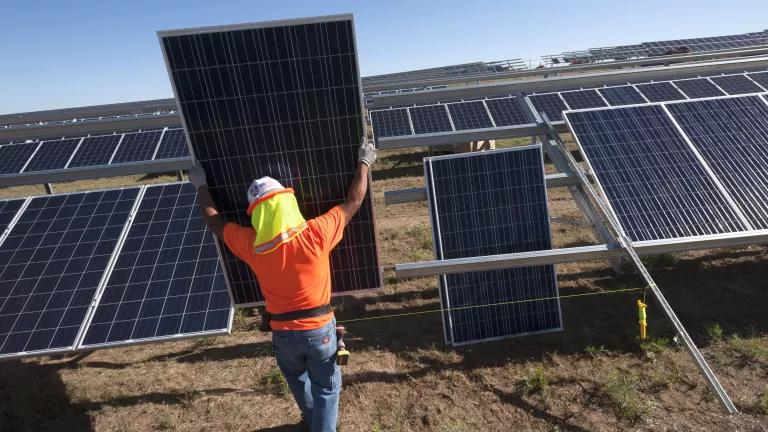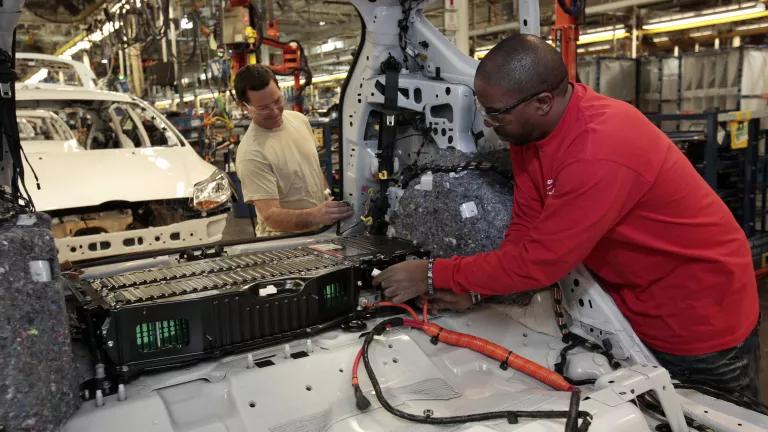
Rebecca Cook/Reuters
Meeting our climate goals and reducing harmful air pollution that especially burdens environmental justice communities will require a dramatic shift away from fossil fuel–powered vehicles and toward more plug-in electric cars, trucks, and buses. Luckily, we are already seeing increasing demand for electric vehicles (EVs) and expect this demand to accelerate this year and over the coming years. This is good news.
However, EVs require large rechargeable batteries, and those batteries contain minerals that must be mined—specifically lithium, nickel, cobalt, manganese, and graphite. Unfortunately, mineral mines can contaminate surrounding waters and ecosystems, jeopardize the health and safety of local communities and workers, and run roughshod over sacred Indigenous lands.
This report focuses on policies that support the most effective strategy to limit the harms from battery supply chains: reducing the type and amount minerals needed. While there are many actions that we can and should take to lessen the harmful impacts of extracting minerals—such as early and often community engagement, improved extraction technologies, and reform of outdated mining laws and regulations—these harms can never be fully mitigated because extraction inherently requires some level of energy, land, and chemical use. Therefore, reducing the amount of mining needed through improvements in battery technology, second-life applications for vehicle batteries, and better recycling is key to reducing harms.
U.S. decision makers must adopt and implement policies that limit the impacts of EV battery supply chains, so that we can meet climate and air quality goals while protecting already overburdened environmental justice communities and Indigenous People from shouldering additional harmful impacts.

